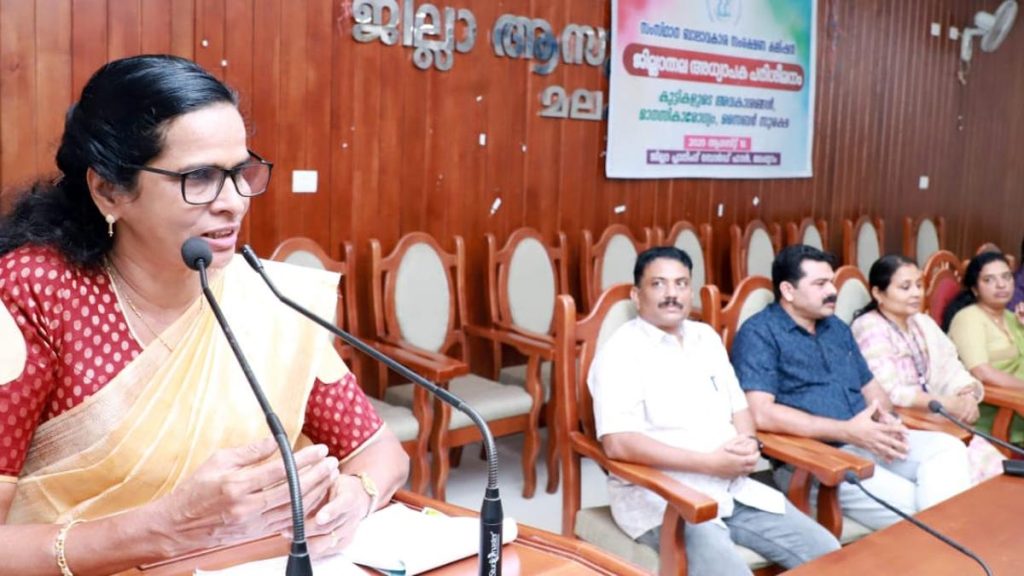Now Reading: Stork Sisters Champion the Survival of India’s Rare Giant Birds
1
-
01
Stork Sisters Champion the Survival of India’s Rare Giant Birds
Stork Sisters Champion the Survival of India’s Rare Giant Birds

Fast Summary:
- The Greater Adjutant stork, known locally as hargila, has experienced population growth due to conservation efforts led by the Hargila Army in Assam and community initiatives in Bihar.
- The bird was historically reviled for it’s scavenging habits but is now considered crucial for ecosystem balance.
- Wildlife biologist Dr. Purnima Devi Barman founded the Hargila Army in 2014, a group of over 20,000 rural women working to protect the species. Their efforts include advocacy programs, weaving centers with bird motifs to boost local incomes, and celebrating stork nesting events through baby showers.
- Under Barman’s leadership, the Greater Adjutant population has quadrupled in Assam as 2010; currently numbering over 1,800 birds across several villages. she received awards like UNEP’s Earth Champion (2022) and Whitely Gold Award (2024).
- In Bihar’s Bhagalpur district, ornithologist Arvind Mishra discovered colonies of Greater Adjutants starting in 2006. Through encouraging religious devotion tied to Hindu beliefs about Garuda Maharaj, populations have grown steadily – approximately 650 individual storks recorded across multiple hamlets.
- Conservation challenges persist due to habitat loss from agricultural expansion and wetland encroachment. Studies also reveal environmental threats like plastic pollutants within storks’ diets.
- Future plans involve expanding tree nurseries near breeding sites while scaling community-driven programs nationally and internationally.
!Women planting saplings
Caption: Women plant Kadamba tree saplings preferred by nesting adjutants as part of local conservation efforts.
Stay Informed With the Latest & Most Important News
Previous Post
Next Post
Loading Next Post...


























